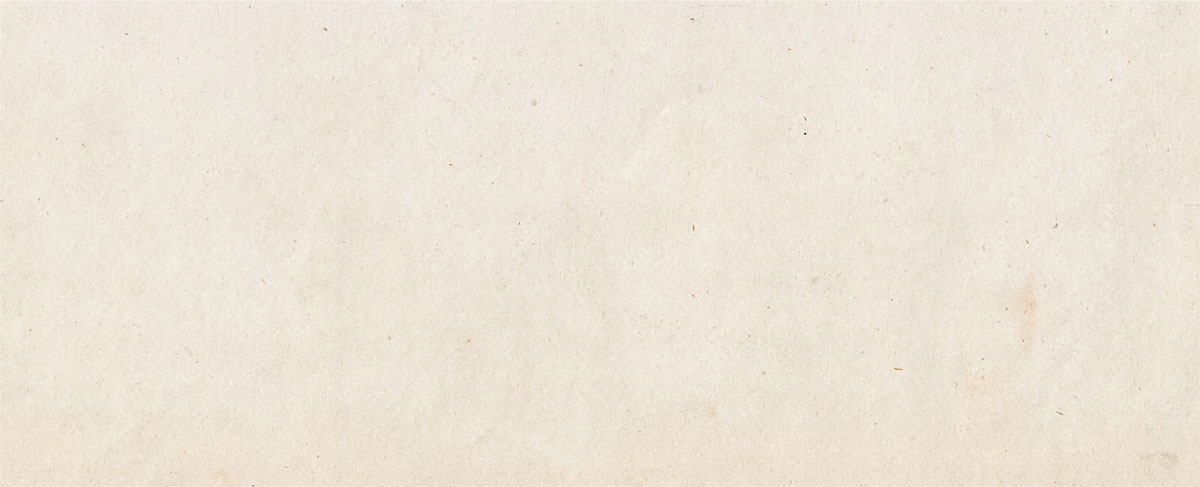A New Perspective on Pigeon Holes
02.29.12
You can always tell a good trip when you leave with two bags and return with three. We took one bag full of Messina Hof Texas wine to share with our friends in Italy during the Wine Pleasures International Wine Tourism Conference 2012. We returned with two bags filled with Italian wines to share with our friends in Texas. Some of these wines came from Orvieto.
Our first stop was the imposing shear Tufo rock wall of Orvieto that rose from the plain to something thatreminded me of a West Texas mesa. The rich papal history and dramatic Orvieto Cathedral were first stops on the tour. We had read about the caves below Orvieto but had no idea what we would find.
Etruscans carved the tunnels and underground city thousands of years ago – BC. There were passageways, rooms, wine cellars, perfectly carved rectangular deep wells with foot holes for climbing in and out, and an ancient olive oil press. Most impressive were the Etruscan Enoteca and the Pigeon Holes.
Our hosts led us down ancient stone steps into the local Etruscan Enoteca which served Orvieto sometime between 800 and 100 BC. Can you imagine the awe we felt knowing that there were Enotecas that long ago and that people had been frequenting this place for thousands of years? Today it still serves as a place to taste local wines. Wouldn’t it be great if Messina Hof Winebar was still here thousands of years from now?
And what about pigeon holes? In the caves there were rooms with every wall carved in a waffle design of hundreds of holes. Intricate acquaduct style channels brought water from the surface to hundreds of feet below ground into pools in each room. The holes were where the pigeons built their nests and laid their eggs. The pools provided their drinking water. Exterior access to each room provided escape for the birds to feed during the day. These were Etruscan pigeon farms. Did you know where the term pigeon holed originated?

